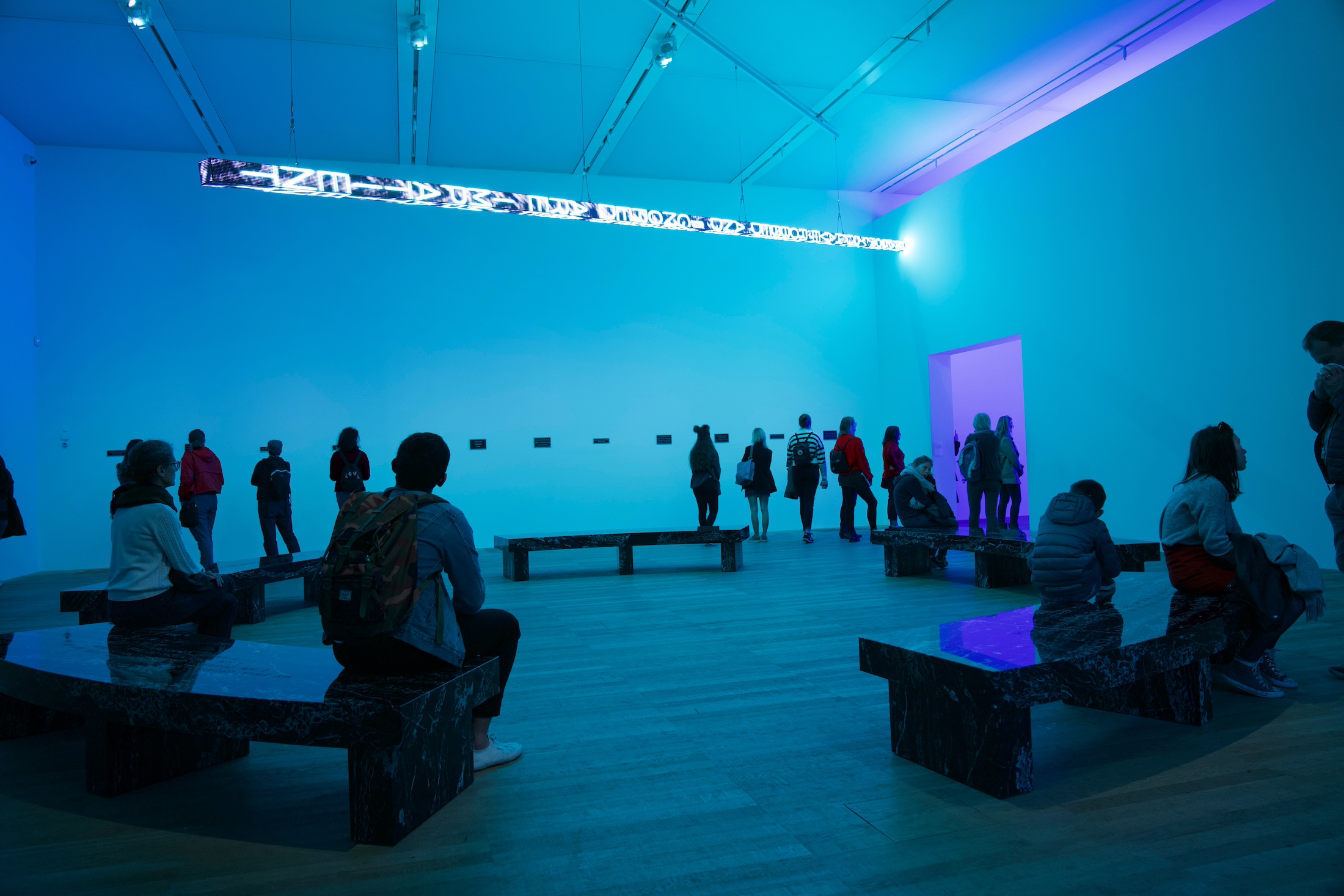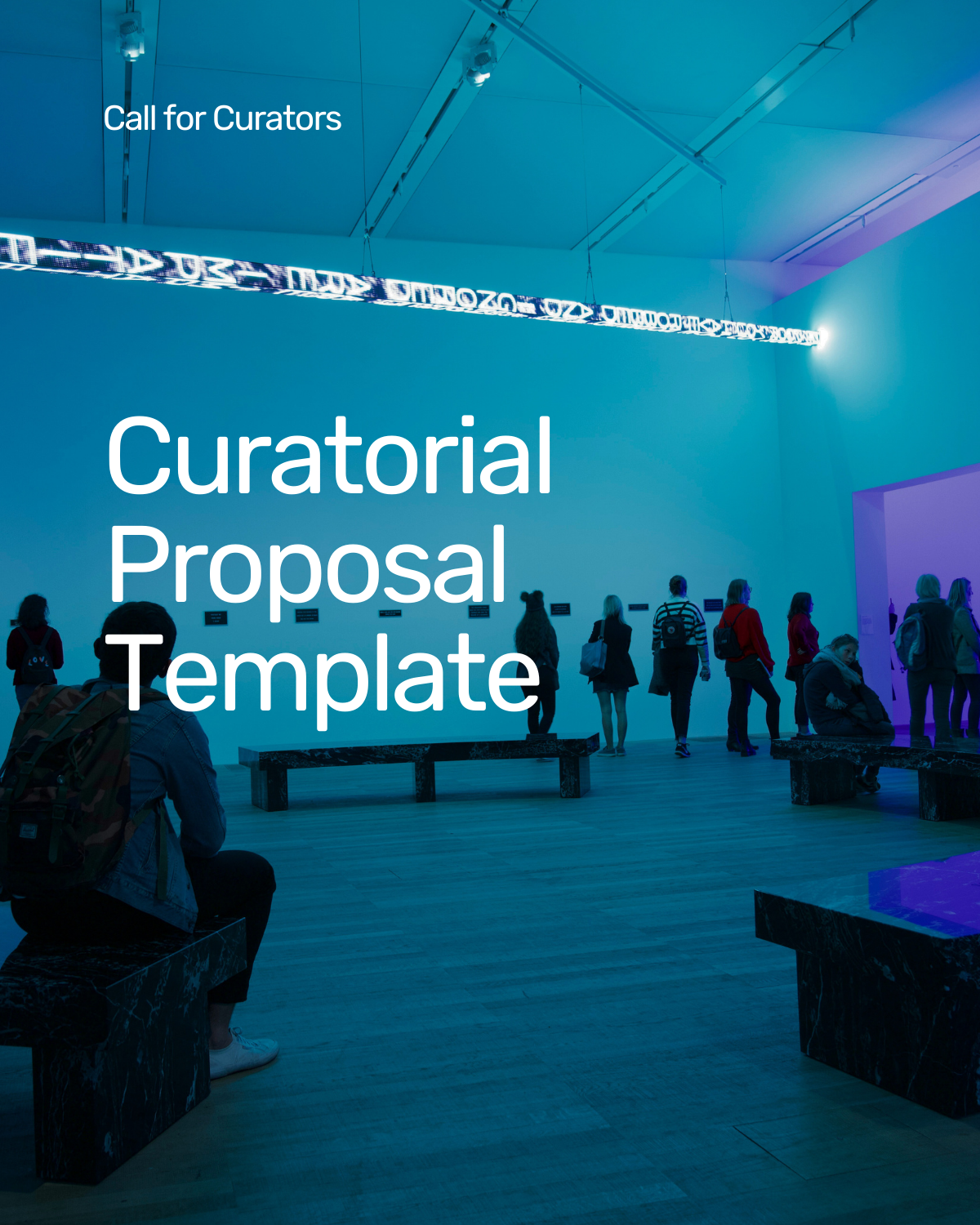
Crafting Compelling Curatorial Proposals: A Guide to Pitching Your Vision to Institutions and Funders
#Curatorial Proposals #GuideCrafting a compelling curatorial proposal is crucial for gaining support from institutions and funders. Your proposal isn’t just a document; it’s a reflection of your curatorial vision, practice, and methodology. A well-structured and thoughtful proposal can be the key to unlocking new opportunities, securing funding, and building long-term relationships with galleries and organizations. This guide outlines strategies to develop persuasive proposals that not only express your ideas clearly but also align with the expectations of potential collaborators.
1. Understanding Your Audience and Context
Before writing a proposal, it’s essential to thoroughly research the institutions or funders you are targeting. Identify their curatorial focus, past exhibitions, and their mission. Understanding their context will help you tailor your pitch to align with their values and goals. For instance, some galleries focus on community engagement while others may prioritize innovation or historical narratives.
Tip: Visit the gallery if possible or review their past exhibitions online. This can provide insights into what resonates with their audience and how your proposal could fit into their programming. According to Wellington City Council guidelines, knowing your audience helps you create a relevant, targeted, and context-specific proposal.
2. Developing a Clear and Engaging Curatorial Concept
A strong curatorial concept is at the heart of every successful proposal. Your concept should reflect a unique perspective, respond to current discourses, and be well-grounded in your research. Begin by formulating a concise curatorial narrative, followed by the central themes or questions your exhibition seeks to address. The narrative should connect the selected works cohesively, offering a meaningful experience for viewers.
Tip: Utilize short, clear paragraphs to communicate your curatorial narrative effectively. Art Worcester highlights that focusing on key ideas and creating a sense of coherence within the proposal is crucial.
3. Selecting Artists and Artworks
Carefully curate a list of proposed artists whose works align with the exhibition’s theme. Be sure to describe why these artists were selected and how their works contribute to the narrative. Provide visual examples or descriptions of each proposed artwork to help reviewers visualize the exhibition. For each artist, include their biography, statement, and details of the selected works. This allows the panel to understand the relevance and value each piece brings to the exhibit.
Tip: Check the Curatorial Toolkit, which emphasizes why it is important to demonstrate how the selected artworks fit cohesively within the exhibition, creating a narrative arc or a thematic exploration.
4. Addressing Practicalities: Formats, Installation, and Budget
When drafting a proposal, consider the logistical aspects that institutions value. Describe the number of works, the type of media involved, any special installation requirements, and budget considerations. Clearly outline how your exhibition will look, the resources required, and how it aligns with the venue’s capabilities. Addressing these practical details demonstrates professionalism and foresight, increasing your chances of acceptance.
Tip: The Cambridge Art Association highlights that proposals should focus on the exhibit’s ability to offer new perspectives, provoke transformative experiences, and ensure all logistical needs are covered. Be sure to detail installation methods, any special equipment, and your estimated timeline and budget.
Summary
Creating a successful curatorial proposal is about more than presenting an idea. It requires understanding your audience, articulating a clear and engaging concept, selecting appropriate artists and artworks, addressing logistical details, and demonstrating the project’s impact. Crafting a proposal with these elements in mind will not only improve your chances of acceptance but will also help you build meaningful relationships with institutions and funders. By strategically aligning your vision with institutional priorities, your proposal can open doors to new opportunities in the curatorial field.
Resources:
- Cultivate Grand Rapids – Crafting an Impressive Gallery Submission Proposal: Outlines key elements and best practices for creating a professional and compelling gallery proposal.
- CUE Art Foundation – Curatorial Project Proposal Tips: Offers comprehensive guidelines and specific tips for writing curatorial project proposals.
- Fiveable – Writing Curatorial Statements & Exhibition Proposals: Provides insights into writing effective curatorial statements and understanding the requirements for exhibition proposals.
- Cambridge Art Association – Curatorial Proposal Guidelines: Detailed guidelines and criteria for submitting curatorial proposals, emphasizing themes, cohesion, and innovative use of media.
By integrating these insights and strategies, you can confidently craft proposals that not only express your vision but also resonate with the institutions and funders you aim to collaborate with.
Download our Curatorial Proposal Template
Streamline your curatorial project submissions with our comprehensive Curatorial Proposal Template. Designed to help you articulate your vision clearly and professionally, this template ensures your proposals stand out to institutions and funders. From crafting engaging concepts to outlining practical details, this tool provides a structured foundation to elevate your curatorial applications.
Members can log in to access the template, and if you’re not a Member yet, take advantage of our free trial to explore this and other valuable resources.
Member Login Please sign in below if you are a returning Call for Curators member.
If you have not yet created your account, please register now and join free for a week. Cancel anytime.This content is restricted to members only.








